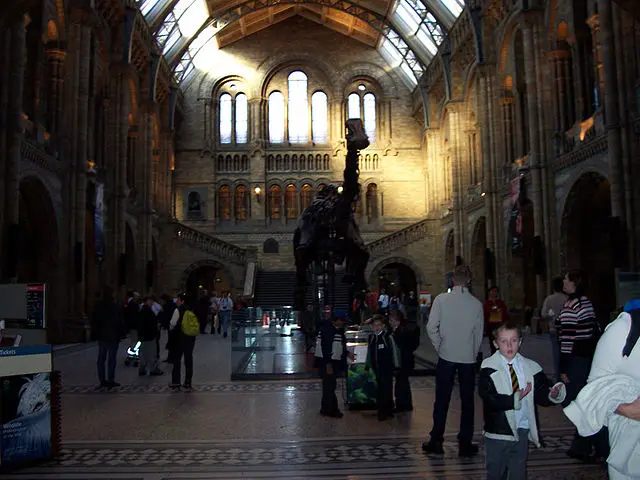
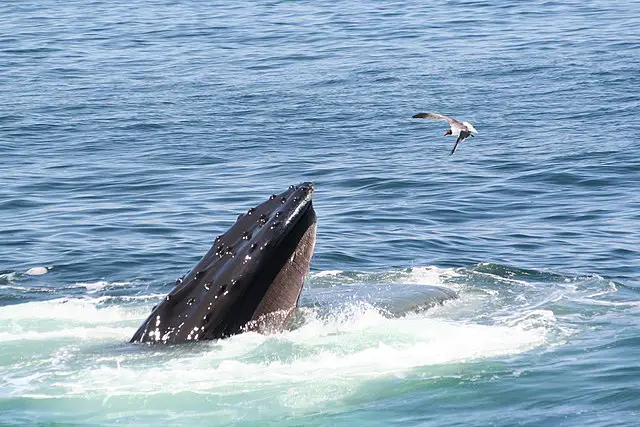
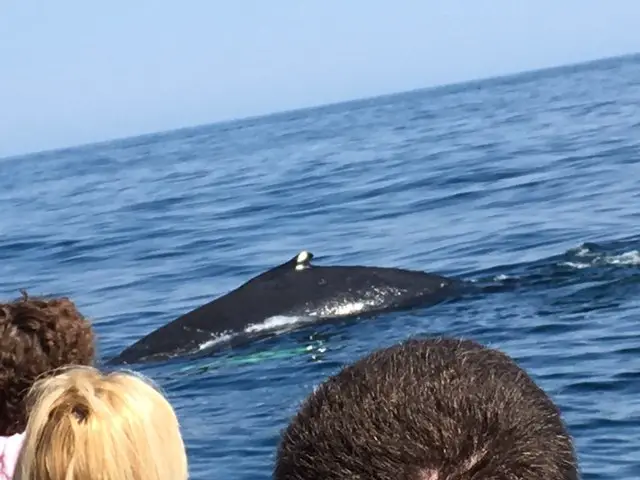


Dolphins and other sea species have distinct migratory patterns, and at various times of the year, you can be whale watching off the coast of Long Beach, California. They are breathtaking, and when a knowledgeable tour guide takes you there, you are guaranteed to have an unforgettable experience. Gray whale trips are quite popular from June through October, and then from November through May. The whales migrate during these times from the chilly waters of Alaska to the warmer waters off the coast of Baja, Mexico. You might also observe minke whales, fin whales, orcas, and humpback whales participating in various activities like breaching, lunge feeding, etc. depending on the time of year. For many people, this turns into a once-in-a-lifetime experience, and the whole family can enjoy it. Marine mammal instructors frequently accompany trips. The Aquarium of the Pacific professionals provide fascinating information and comments about the many marine species that you might see in these waters. It is advisable to shop around and compare pricing because some whale watching tour operators demand exorbitant prices for these activities as well as possible add-on costs that make the trips pricey. Each year, many people come back to Long Beach, California, to observe whales in these waters. The whole family may enjoy themselves for a reasonable price, and many businesses reserve entire boats for their teams and staff. Church organisations frequently plan similar outings. There is undoubtedly a whale watching excursion that will fit your requirements and price range. It’s amazing to watch these huge animals splashing around in the water, jumping out of the waves, and occasionally interacting with boaters. If you want an unforgettable and one-of-a-kind experience and want to see these enormous beasts in all their magnificence, it is both exciting and humbling.

On the southern slope of Mount Hollywood in Griffith Park lies an observatory called Griffith Observatory. It commands a view over the Los Angeles Basin, which includes Downtown Los Angeles to the south-east, Hollywood to the south, and the Pacific Ocean to the south-west. The observatory is a well-liked tourist destination with a clear view of the Hollywood Sign and a wide selection of exhibits on science and space. It bears the name Griffith J. Griffith in honour of its donor. In accordance with the benefactor’s wishes, admission has always been free since the observatory’s founding in 1935. Since the observatory’s 1935 debut, more than 7 million individuals have had the opportunity to see through the 12-inch (30.5 cm) Zeiss refractor, making this the most people to have done so through any telescope. The Gottlieb Transit Corridor, Leonard Nimoy Event Horizon, Public Telescopes, Exhibit Program, and Samuel Oschin Planetarium are all located inside the Griffith Park Observatory. The Samuel Oschin Planetarium, which is the best planetarium in the world, uses star projectors, lighting, digital laser projectors, a sound system, and a dome to take viewers on a cosmic journey of discovery and adventure. In the 200-seat Leonard Nimoy Event Horizon, a 20-minute lecture about the Observatory’s past, present, and future is given by the actor. Numerous public optical and solar telescopes are accessible to the general public for free usage both during the day and at night. The Exhibit Program features hundreds of indoor and outdoor exhibits, including The Big Picture, the largest astronomical image in the world, Pieces of the Sky, an intriguing collection of meteorites, and the well-known Tesla Coil. Another well-liked feature is the Gottlieb Transit Corridor, a massive 150 foot long, 10 foot wide glass tube that immerses visitors in the motion of the moon, sun, and stars and demonstrates how they relate to the calendar and time. The Observatory offers planetarium shows eight times throughout the week and ten times during the weekends. The planetarium shows have a small entry cost. Every night the observatory is open, starting typically at 7:00 p.m., the Observatory offers free public telescope viewing as long as the weather allows. This includes the iconic 12″ Zeiss Refracting Telescope on the roof and up to four portable telescopes put outside to provide views of nighttime celestial objects. The Zeiss dome’s doors close at 9:30 p.m., and guests are no longer permitted to enter the queues for the portable telescopes outside; although, on busy nights, the lines may close early. Inclement weather may prevent visitors from accessing the roof, but if it’s still open during viewing hours and there are cloudy skies, they can still see the Zeiss Telescope as an exhibit.

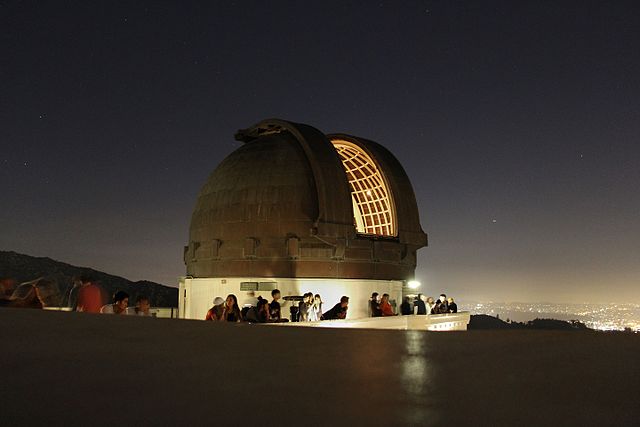
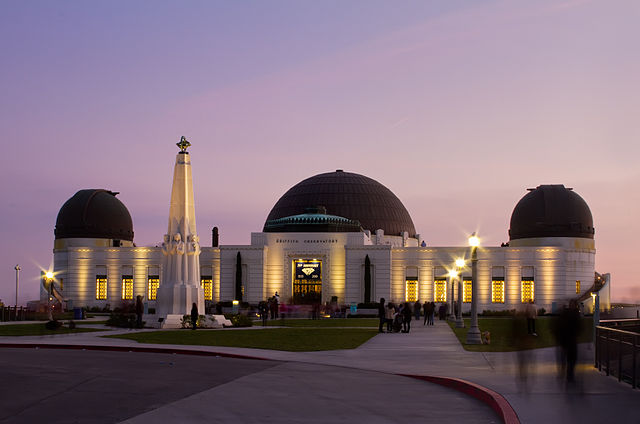
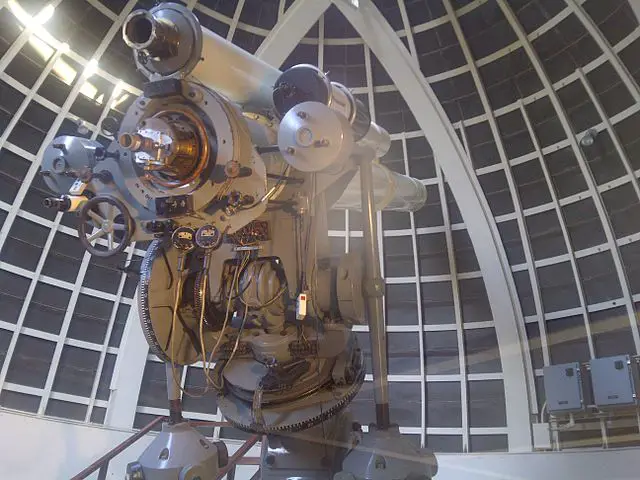
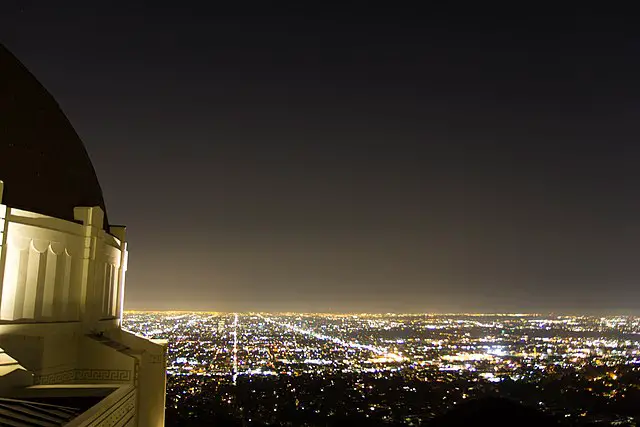

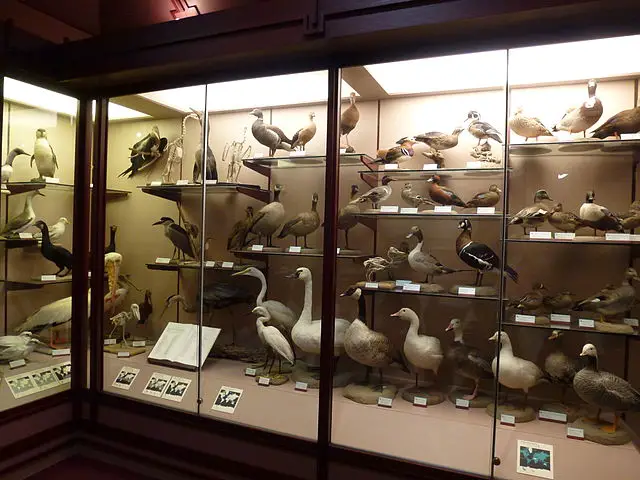
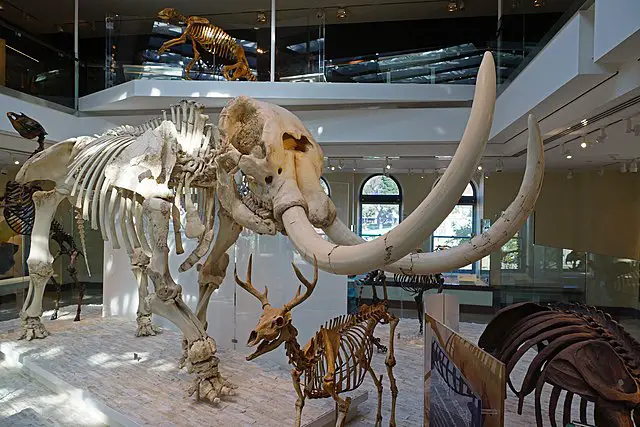
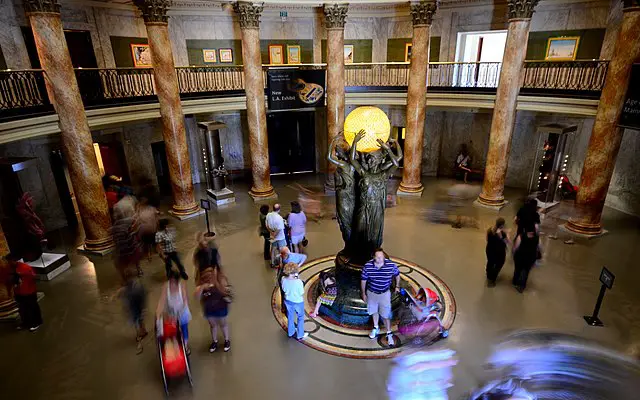
As the Museum of History, Science, and Art, the Natural History Museum of Los Angeles County first opened its doors in Exposition Park, Los Angeles, in 1913. A museum organisation established in 1910 was the driving factor behind it. The National Register of Historic Places lists the main structure’s remarkable fitted marble walls and domed and collonaded rotunda. 1925, 1930, 1960, and 1976 saw the opening of new wings. In 1961, the Los Angeles County Museum of History and Science and the Los Angeles County Museum of Art were established as separate institutions (LACMA). The Los Angeles County Museum of Natural History was created in 1965, the same year that LACMA relocated to new facilities on Wilshire Boulevard. The Natural History Museum of Los Angeles County is the new name the museum adopted eventually. The newly rebuilt 1913 Rotunda and the brand-new Age of Mammals display were both reopened in July 2010 by the museum. Dinosaur Hall there debuted in July 2011. In late 2012, it will debut its history of California Under the Sun. By then, 3.5 acres (14,000 m) of teaching-learning gardens will have been built on the building’s front to serve as the new North Plaza. The Dinosaur Hall is a fantastic sight, housing more than 300 fossils as well as 20 full dinosaurs and aquatic animals. The African Mammal Hall is also rather amazing, with life-size dioramas of eco-habitats like the desert and the rainforest, featuring creatures discovered in the early 1900s, and backdrops painted by renowned artists. Seasonal displays are located in the museum’s adjacent outdoor pavillion. We loved the butterfly experience, and there is also a spider one, in the greenhouse-like setting. Even while some rooms are busier than others, the atmosphere is generally upbeat and welcoming. Families make up the majority of the throng, and the youngsters appear to be behaving well—probably as a result of the astounding exhibitions. Although one can get lost, the museum is very simple to tour. There are numerous restrooms all over the place.

